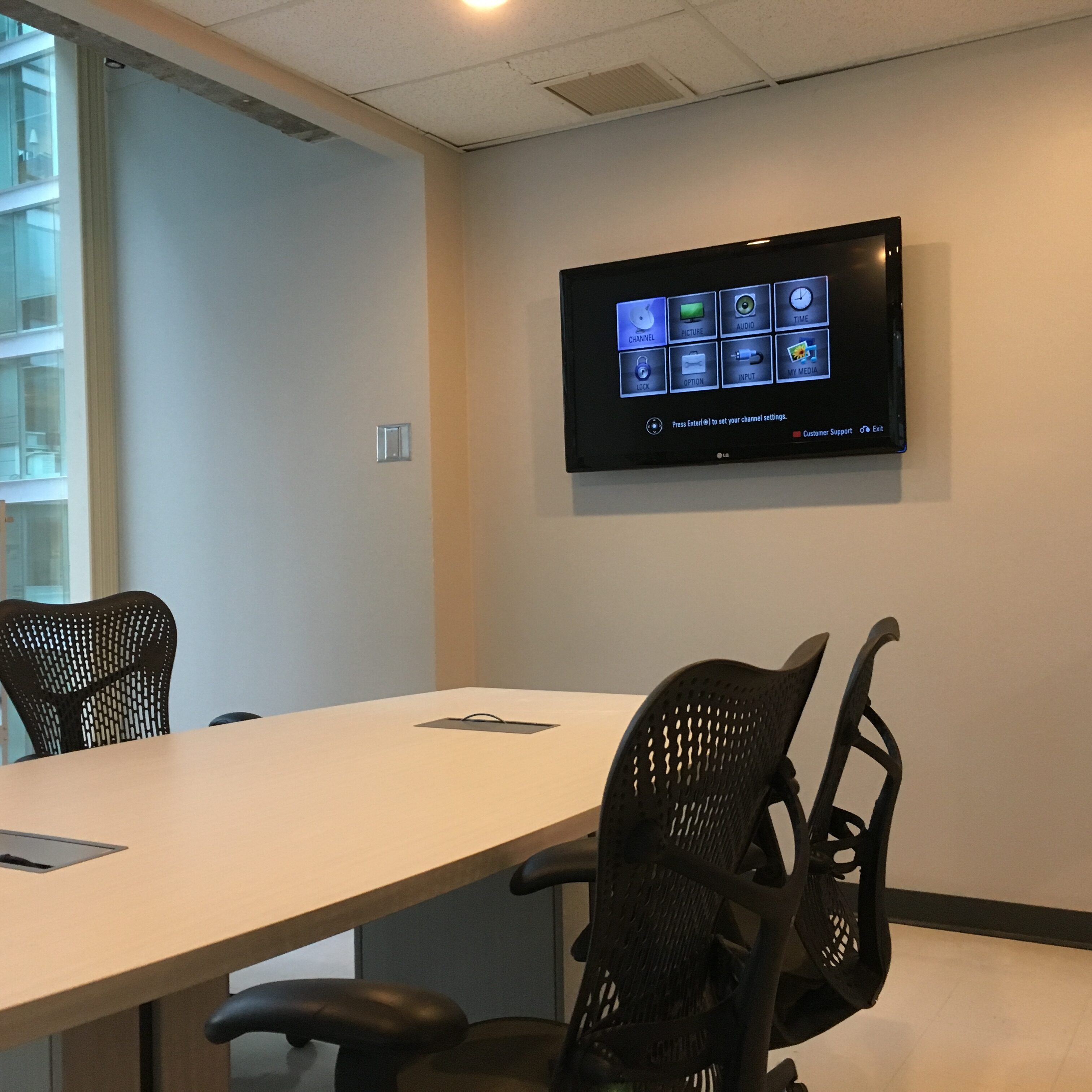Ideal Tactics for Positioning Surveillance Cameras to Enhance Monitoring Effectiveness
Ideal Tactics for Positioning Surveillance Cameras to Enhance Monitoring Effectiveness
Blog Article

Placing surveillance cameras effectively remains crucial for improving monitoring in different settings, such as residences, businesses, as well as community spaces. The main goal of security cameras is to discourage crime while also provide evidence during case of events. To achieve this, it becomes essential to take into account various elements, including surveillance camera placement, range of view, as well as the specific zones that require oversight. By understanding these elements, individuals and entities can create a thorough surveillance plan that maximizes the efficacy of their security solutions.
One of the first actions in positioning security cameras involves to determine key locations that need surveillance. Vulnerable zones, including entrances, exit points, parking areas, and areas with high-value assets, must be prioritized. It also important to take into account blind spots, that may be areas that might not be seen from certain perspectives. By mapping out these key locations, surveillance personnel can guarantee that every corner remains monitored, minimizing the chances of criminal activity going undetected. Additionally, placing surveillance systems at key points can assist create a complete perspective of the premises, enabling for better overall surveillance coverage.
The viewing angle of a surveillance camera remains another important element to take into account. Different kinds of cameras offer different fields of vision, that can influence how many area gets recorded in the footage. For example, wide-angle cameras can cover larger spaces, rendering them perfect for spacious areas, while PTZ systems can be adjusted to concentrate on particular details. When placing surveillance systems, it becomes essential to choose the appropriate kind based on the area being observed. This guarantees that the camera can record sharp images and offer important data in the event of an occurrence.
Elevation and angle of installation also have a crucial part in the efficacy of surveillance systems. Cameras should be mounted at a level that remains out of grasp of possible tampering but still allows for clear viewing of identifying features and additional identifying features. A common suggestion is to mount systems at least eight to ten ft off the ground. Additionally, the angle at which the camera remains set can affect its ability to capture important information. Surveillance systems must be angled to minimize glare and prevent blockages, guaranteeing that they can capture sharp footage at all moments.
In conclusion, regular maintenance and updates to the surveillance system are essential for long-term efficacy. This entails checking camera functionality, wiping optics, as well as making sure that firmware is up to date. Regular evaluations of the monitoring strategy can help detect any additional areas not visible or areas that may need extra monitoring. By remaining proactive and making necessary adjustments, individuals and organizations can improve their find more monitoring effectiveness and ensure that their surveillance solutions continue to serve their designated function.